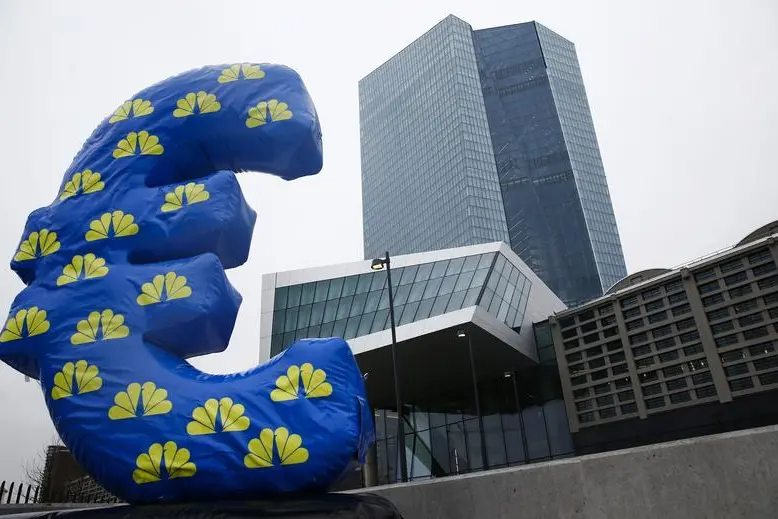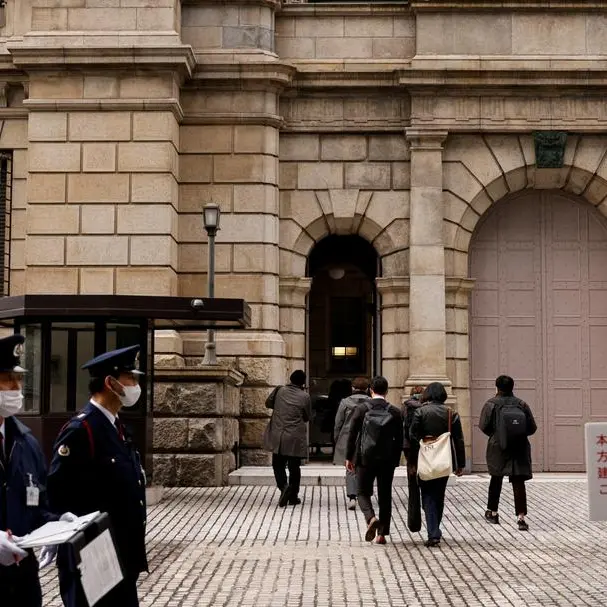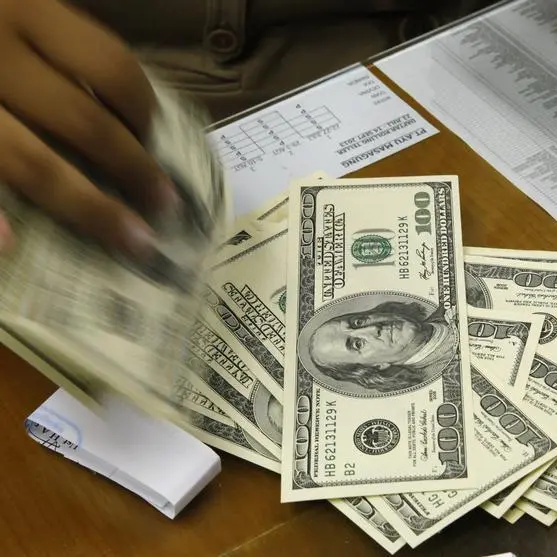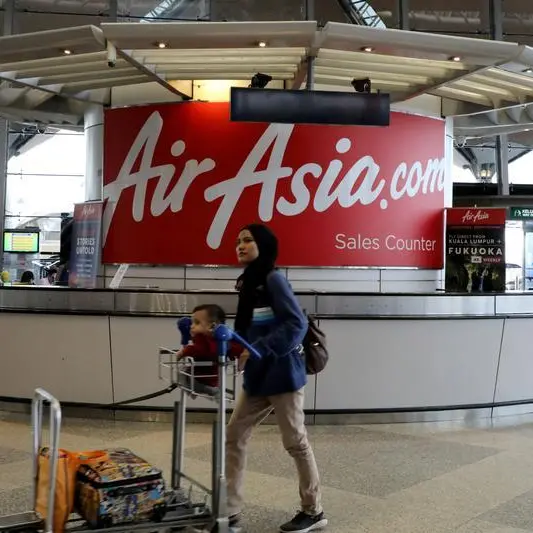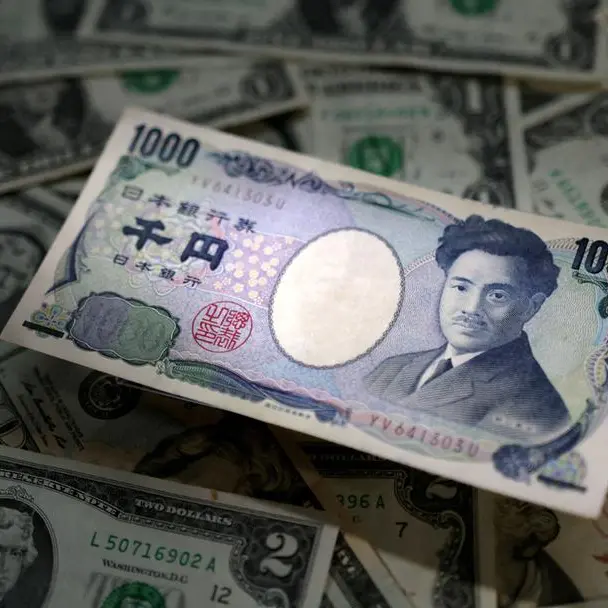PHOTO
LONDON - Bond markets are in a lather because the global economy might be turning down. Many economists are starting to worry for a different reason: the monetary policy armouries of central banks are depleted. Innovative thinking is needed.
Money managers foresee a weakening economy, to be followed by looser monetary policy. That means lower policy interest rates. Fixed income investors have been hunkering down by buying longer-term securities, bringing yields on 10-year government paper to 2.1% for the United States and below zero for Germany.
Central bankers are indeed ill-prepared for a serious recession. Even in the United States the Federal funds rate of 2.4% is not high enough for any cut to provide a big spur to lending, inventory building and productive investment. It’s worse in the United Kingdom, where the policy rate is 0.75%, and the euro zone, where it is negative.
Monetary authorities can go back to the print money and buy assets policy known as quantitative easing. Some policymakers at the European Central Bank are already discussing that. However, if QE has had a positive economic effect, it has been too small to see clearly.
Many economists consider larger government budget deficits a more effective anti-recession weapon. But not many politicians agree. Indeed, it might take another 2009-scale global financial crisis to shock legislators into expansionary fiscal policy.
Clarity can come from modern monetary theory, an approach to macroeconomics largely based on the original ideas of the great economist John Maynard Keynes. Randall Wray, a leading exponent, explains the key insight. “There are two ways to produce a high deficit (and debt) ratio: the ugly way and the good way.” The good way helps the whole economy flourish. The ugly way helps no more than a small, and usually elite, minority.
One could postulate a similar duality for monetary policy. It is not the quantity of lending or the cost of borrowing, whether positive or negative, that makes money-creation good or bad for the economy. The key variable is what the newly created money pays for.
These days, easing monetary policy does far more to inflate financial asset prices than to encourage more capital investments or job creation. It also makes financial speculation more lucrative, luring clever people away from the real economy. That’s the ugly way.
To promote the good way, central bankers should change their focus. They should worry less about policy rates and more about encouraging economically effective lending. Think of it as the monetary equivalent of well-designed industrial policy or job-promoting labour reforms.
Leveraged loans are a good example of what should be discouraged. Adding debt to the balance sheets of existing enterprises can benefit private equity investors, especially when policy interest rates are very low. However, the practice tends to be bad for new capital investment, especially when economic growth is declining and such investments are most needed.
Regulators could help change the focus by tweaking the risk-weighting of loans to encourage such economically beneficial lending. Ugly loans would require more capital than good ones.
Government taxation and spending can also be helpful or harmful. As MMT explains, the size of a government’s deficit does not matter in itself, only the choice of policies. That insight is always pertinent. It will become particularly pressing in a deep downturn.
After all, financial regulators cannot move quickly to favouring productive lending, and loans generally percolate slowly through the economy. In contrast, government money can be created almost instantly, and spent both quickly and productively, as long as it goes into the right hands.
Critics of MMT are right to worry about ugly big deficits and government spending that put too much money into the wrong hands. It is not an accident that words such as boondoggle, pork barrel and crony capitalism are often associated with the public sector.
Such wasteful and corrupt spending has been rife in China, where gigantic lending and spending programmes coordinated by the government have generally been effective at keeping growth rates up. The risk of massive misspending must also be high in the United States, a country in which government bureaucracies have long been underappreciated and corporate lobbyists have far too much influence.
For less competent governments, one way forward is to get people and organisations to spend deficit-financed funds effectively. Targeted tax changes, for example lowering employment taxes for newly created jobs, leave decisions in private hands. The economy could also benefit by providing debt relief, especially to poorer citizens. That might stimulate consumption, increase economic confidence and reduce inequality, especially in the United States.
Such a combination of monetary and fiscal policy is politically impossible right now. Then again, Keynesian deficits were considered unthinkable at the beginning of the 1930s Great Depression. When bad times come, old orthodoxies are sometimes discarded. The current rules of monetary and fiscal policy look ripe for renewal.
(Editing by Peter Thal Larsen and Karen Kwok)
© Reuters News 2019
